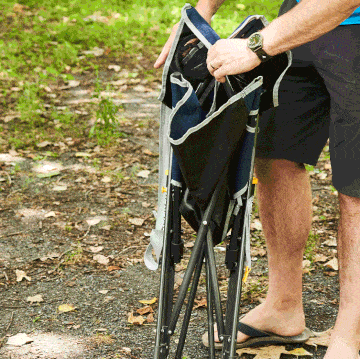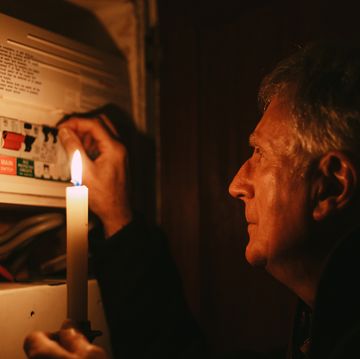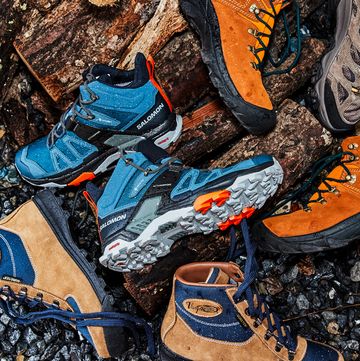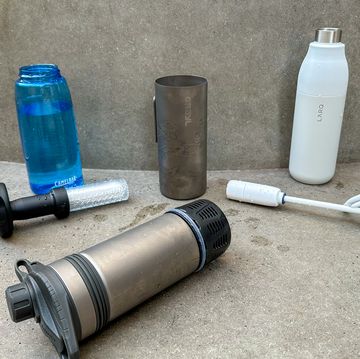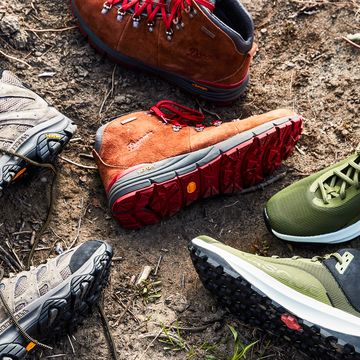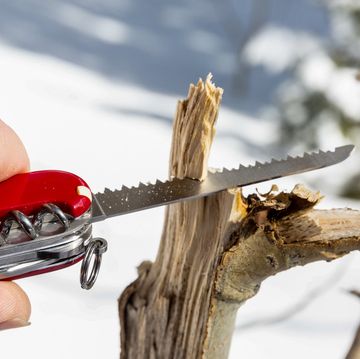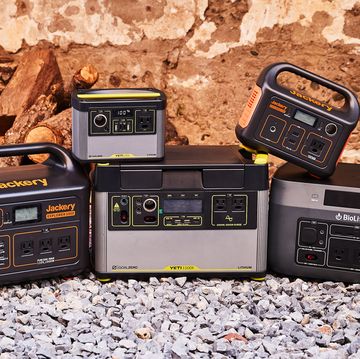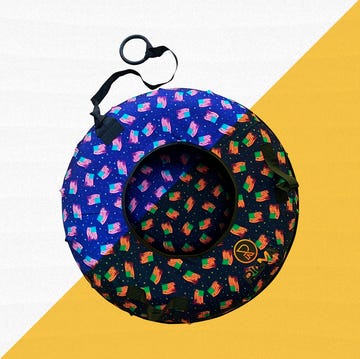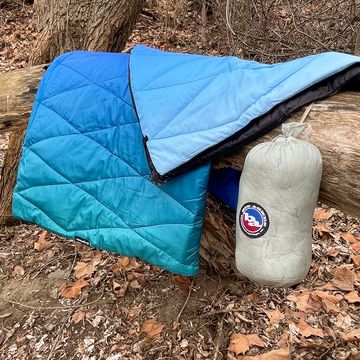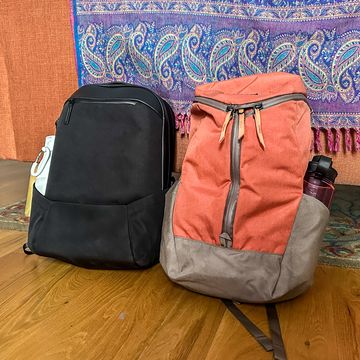Communication
Prepper: Establish a dead drop—a secret place to deposit and retrieve messages when communications go down. Tell only trusted confidants about this place.
Casual survivalist: Get your ham-radio license. Plenty of people still use ham radios to communicate, including FEMA. In a catastrophe, it might be your only option.
Health
Prepper: A properly equipped go bag, or bug-out bag, is heavy. Establish a training regimen on various terrains, so that you can flee without getting winded.
Casual survivalist: Pick up a fitness tracker. In a low-food situation, it'll track your vitals and even count your calories. In the meantime, you'll just be healthier.
Food
Prepper: Practice hunting the animals native to your area. Worth noting: Domesticated rabbits are less gamy than their wild counterparts.
Casual survivalist: Nonfood items you should have in your emergency pantry: manual can opener, Flintstones multivitamins, Sterno (for cooking).
Shelter
Prepper: Build an underground bunker. Ideally, for ultimate secrecy, not on your house property. But that might also require a rather large purchase.
Casual survivalist: Have a list of emergency shelters. They should be accessible and sturdy—a public shelter, a church, your neighbor's basement, which also has a pool table.
Heat
Prepper: If the power goes out, a woodstove is great backup. Better solution: an outdoor wood furnace that connects to your home's existing heating system.
Casual survivalist: Store a couple of ceramic flowerpots in the closet. Two pots nested, turned upside down, and propped above a few candles make an effective space heater.
Water
Prepper: Capacity of your cistern equals (one gallon per person) times (number of people) times (number of days of expected cataclysm) times (ten—just to be safe).
Casual survivalist: Keep a large water-filter pitcher in your fridge. Good for everyday use and as a filtration system. At the first sign of trouble, fill all extra containers and the bathtub.


